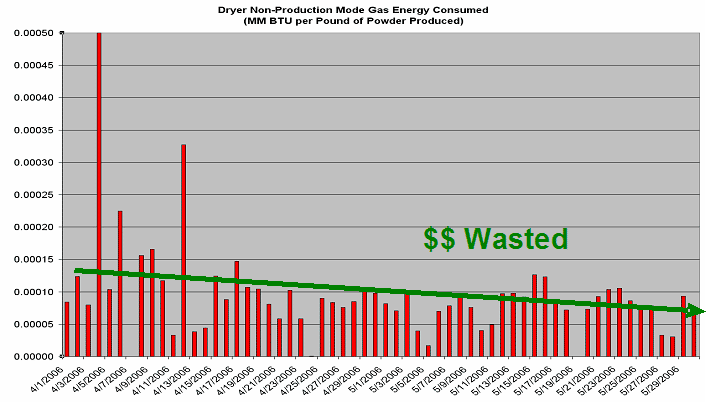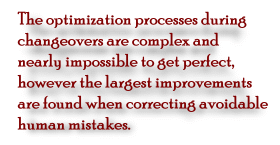
Reducing Energy Costs: Drying Efficiently
by Thomas R. Cutler and Craig Nelson | May, 2007
Manufacturing Insights
Automation, Control & Plant Intelligence - Articles, Analysis, Reviews, Interviews & Views

by Thomas R. Cutler and Craig Nelson | May, 2007
Manufacturing Insights


YOU MAY LIKE:
Popular Articles
Manufacturing Insights